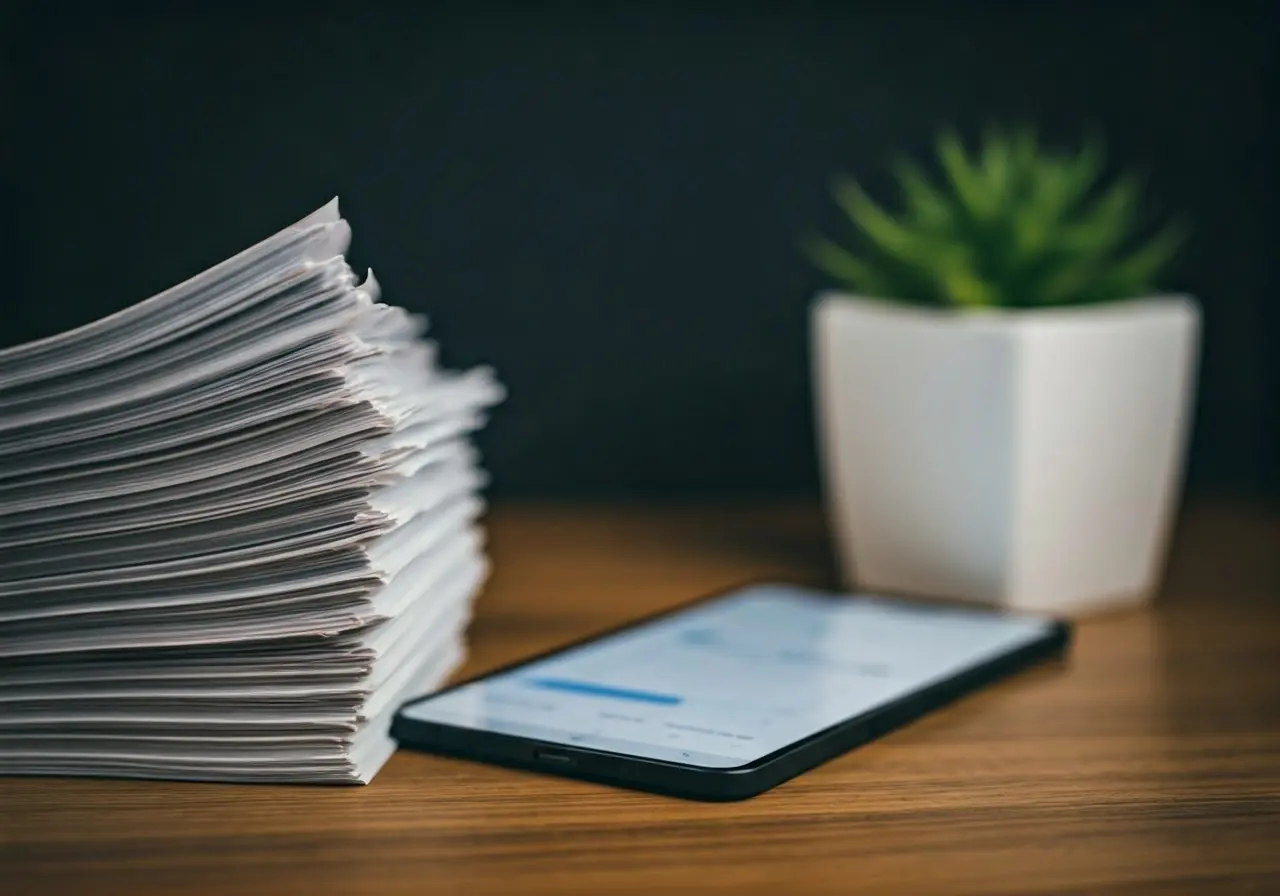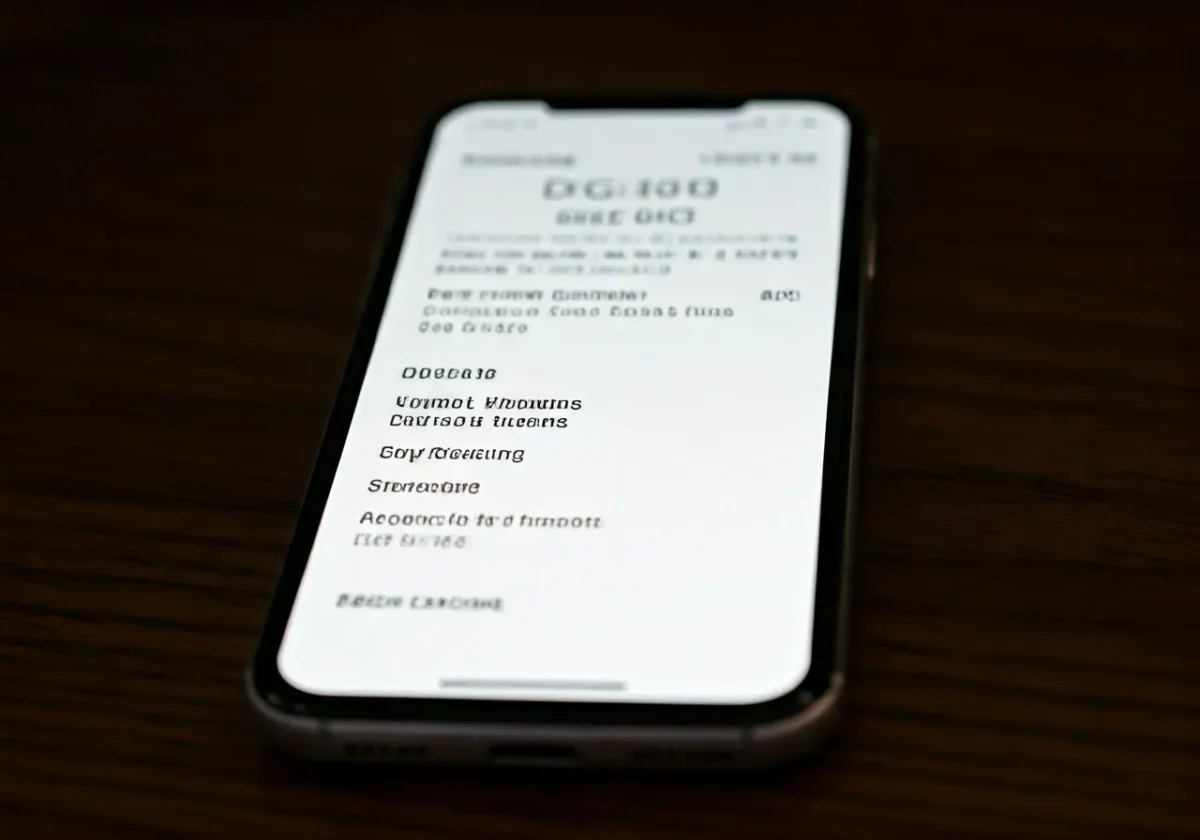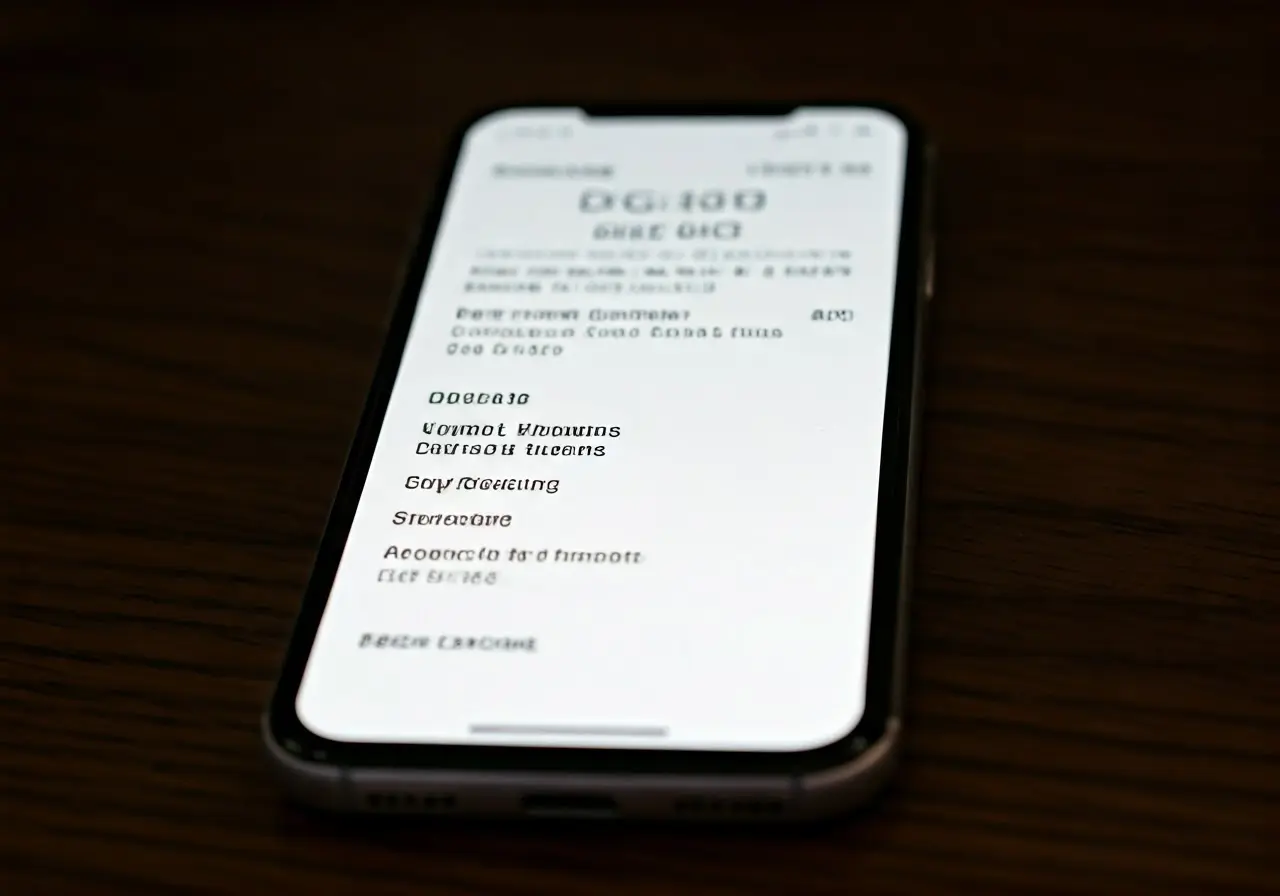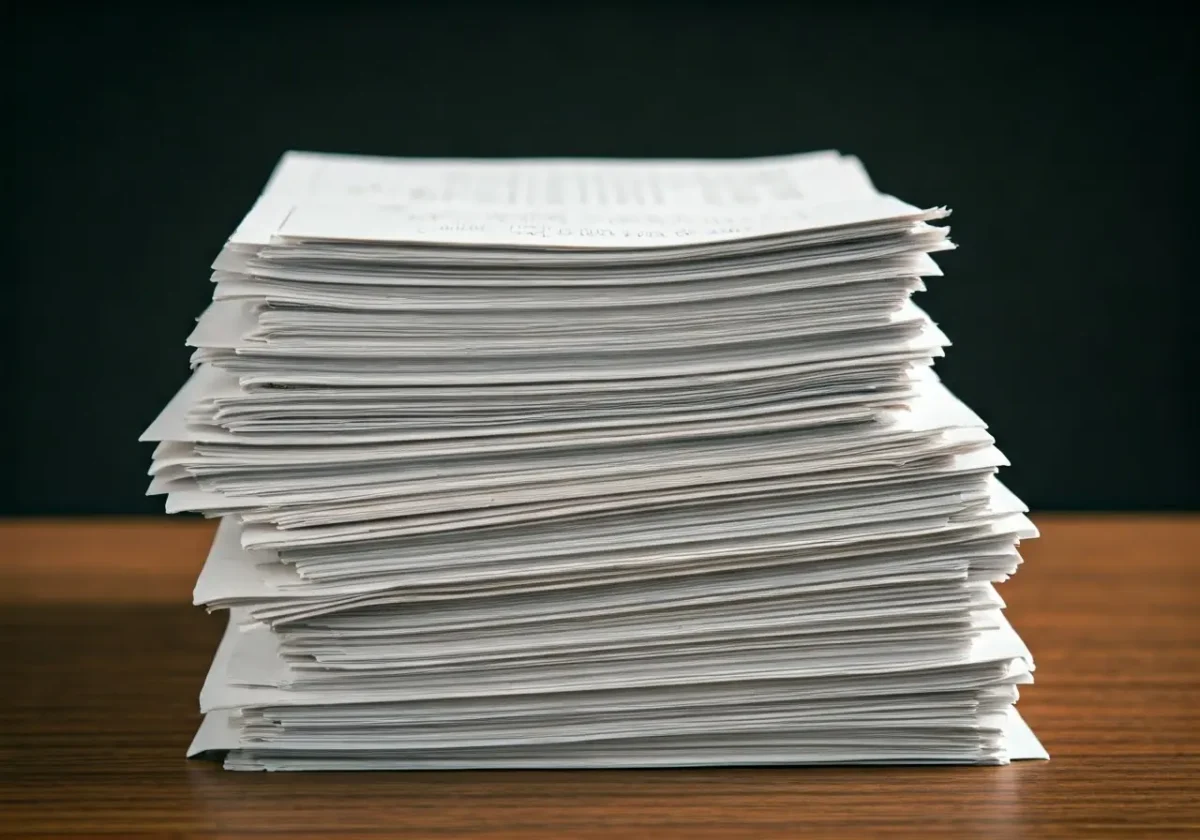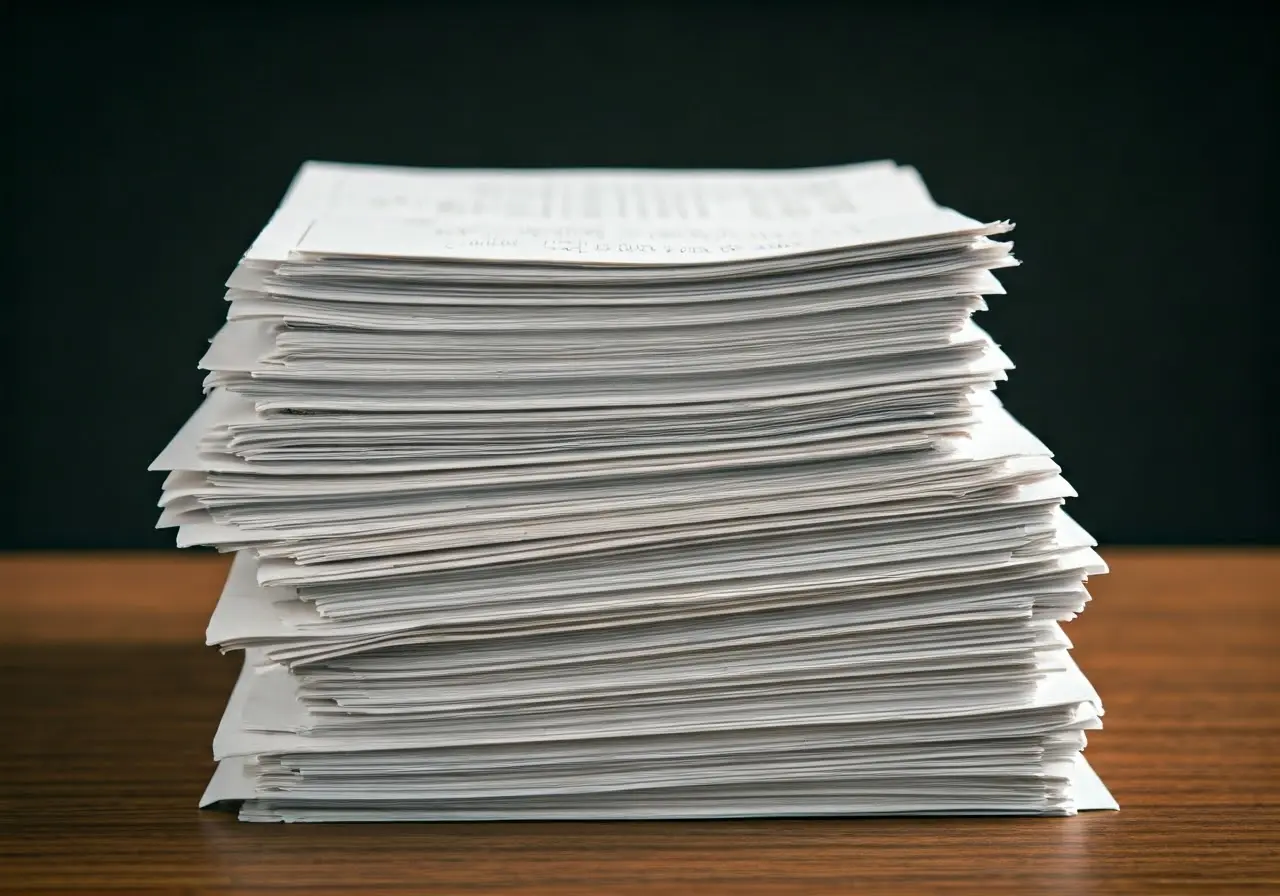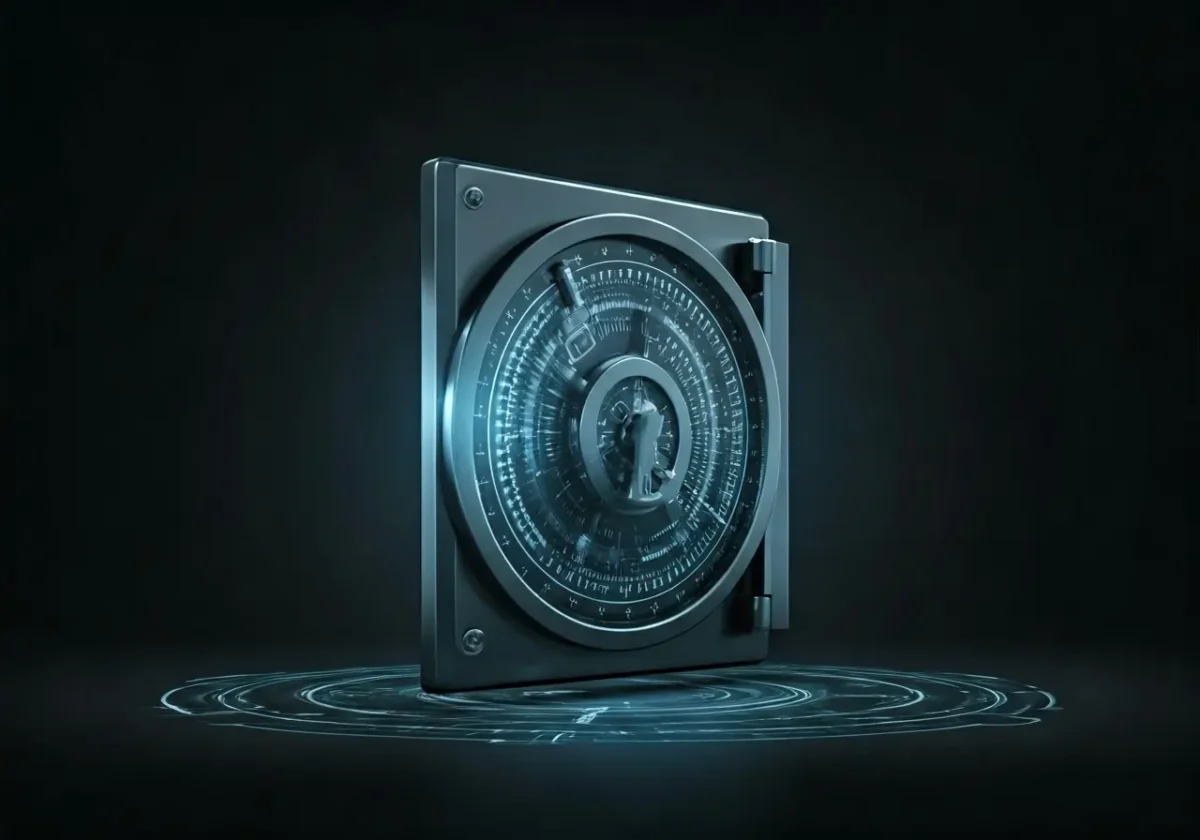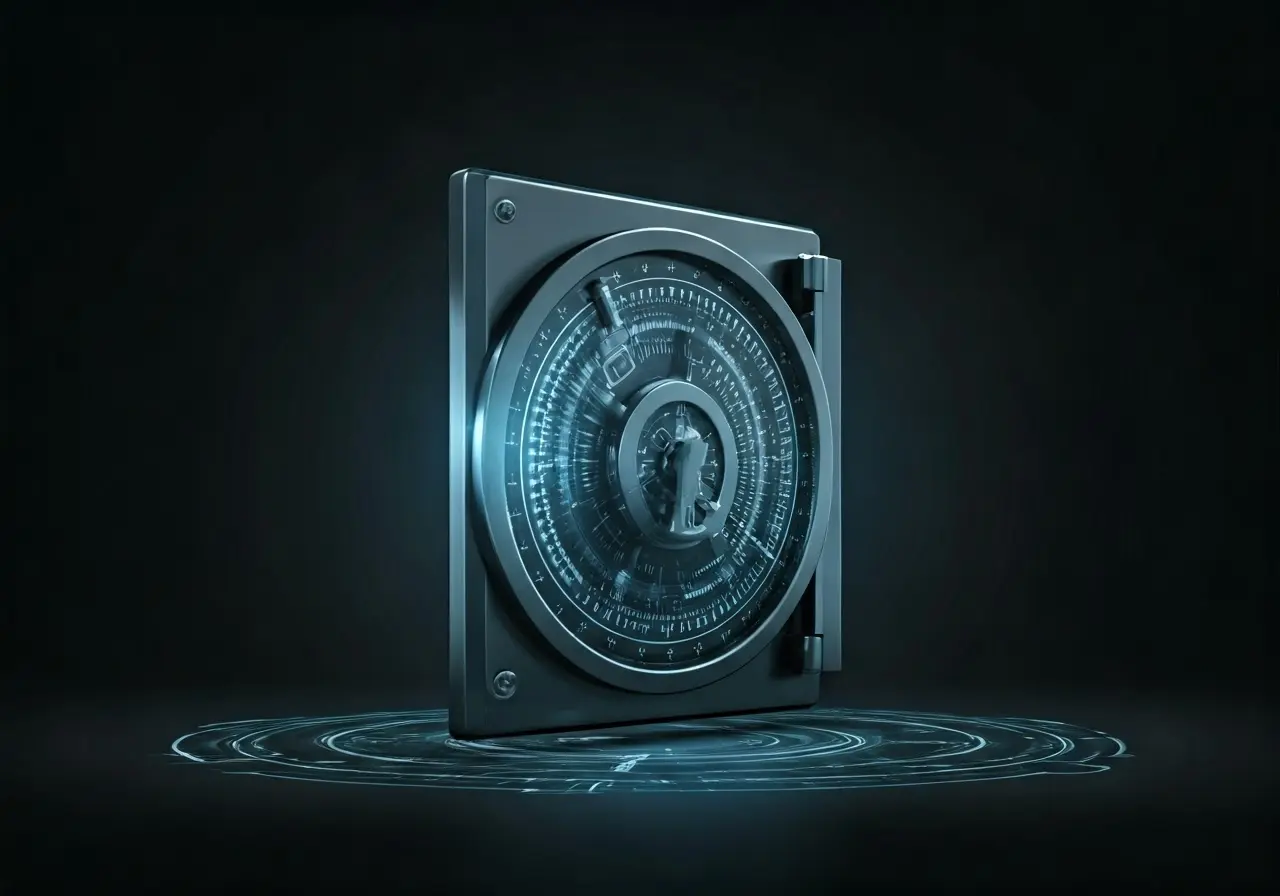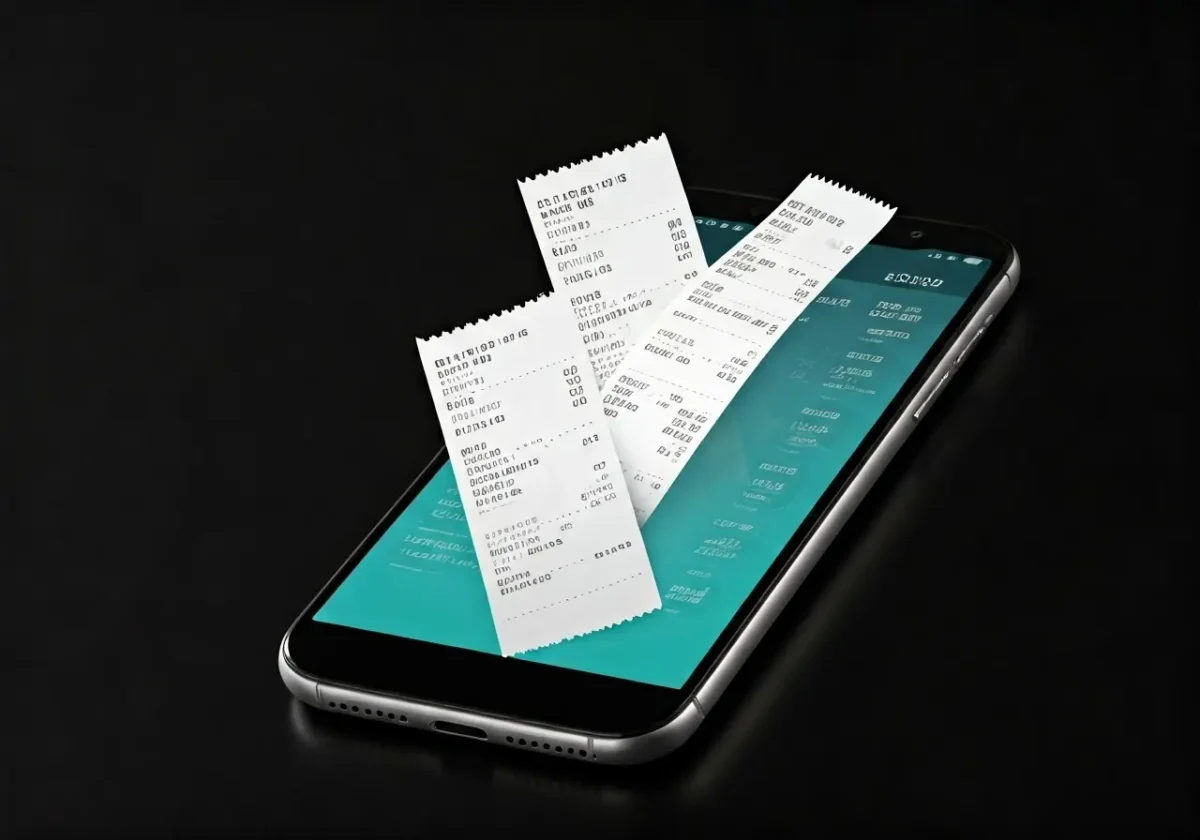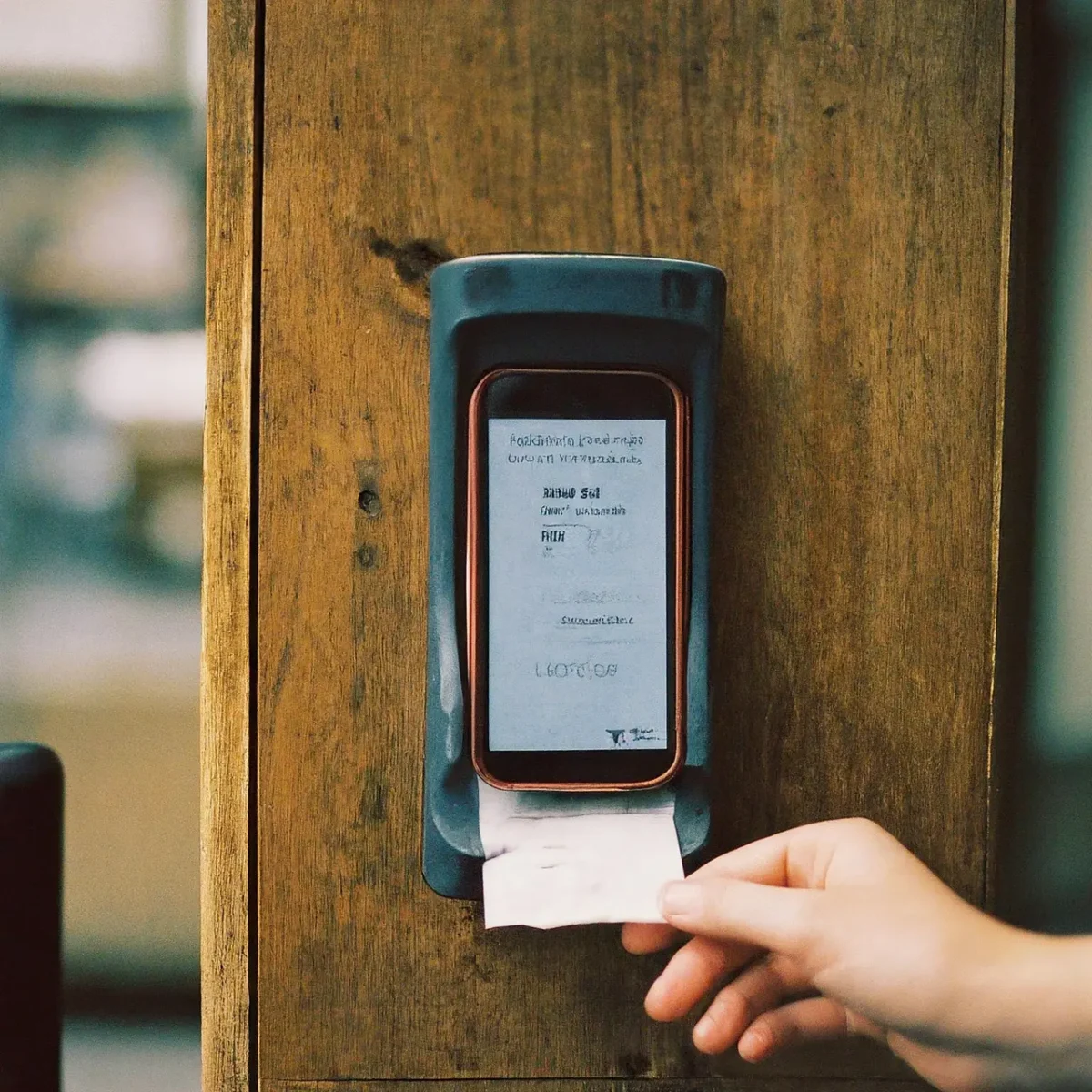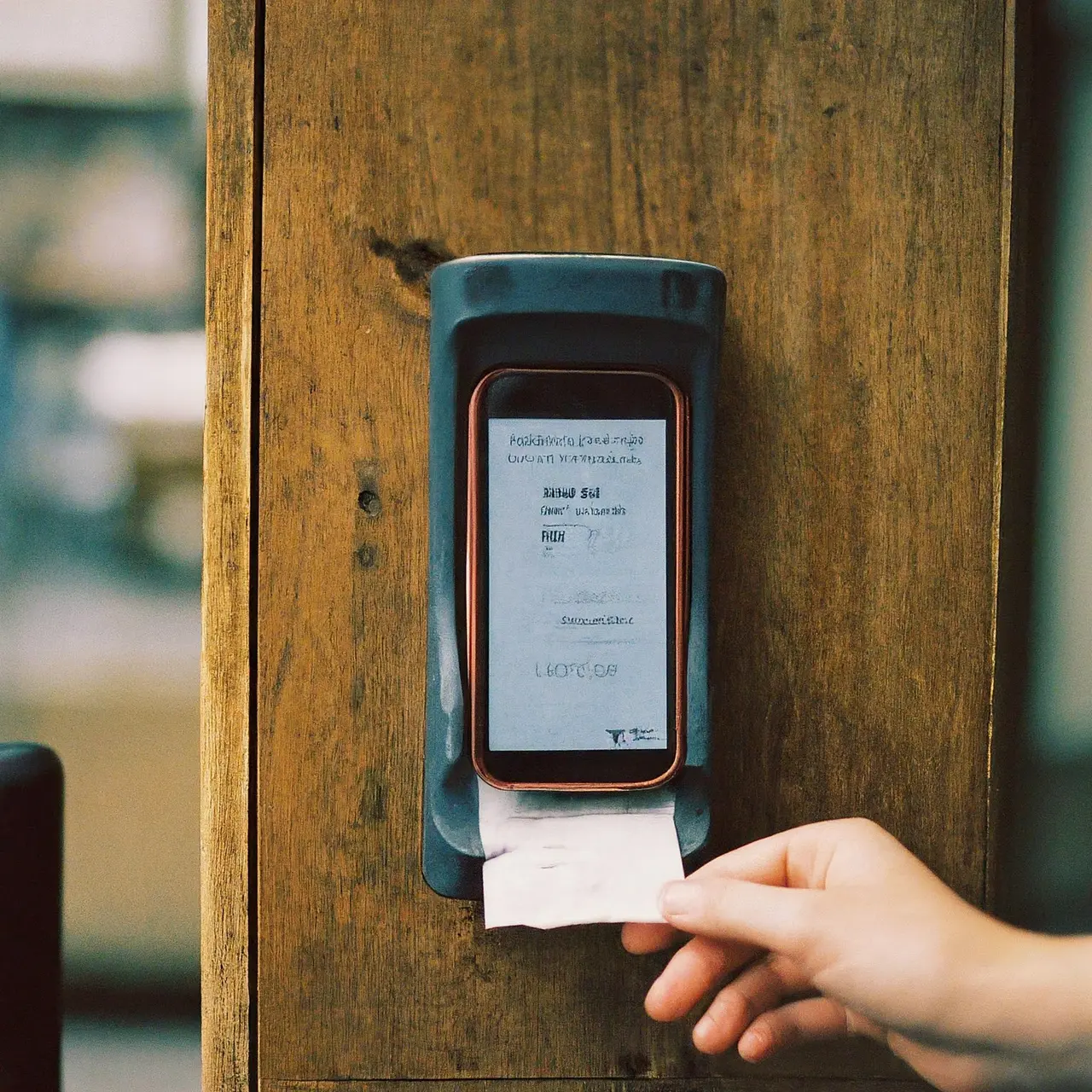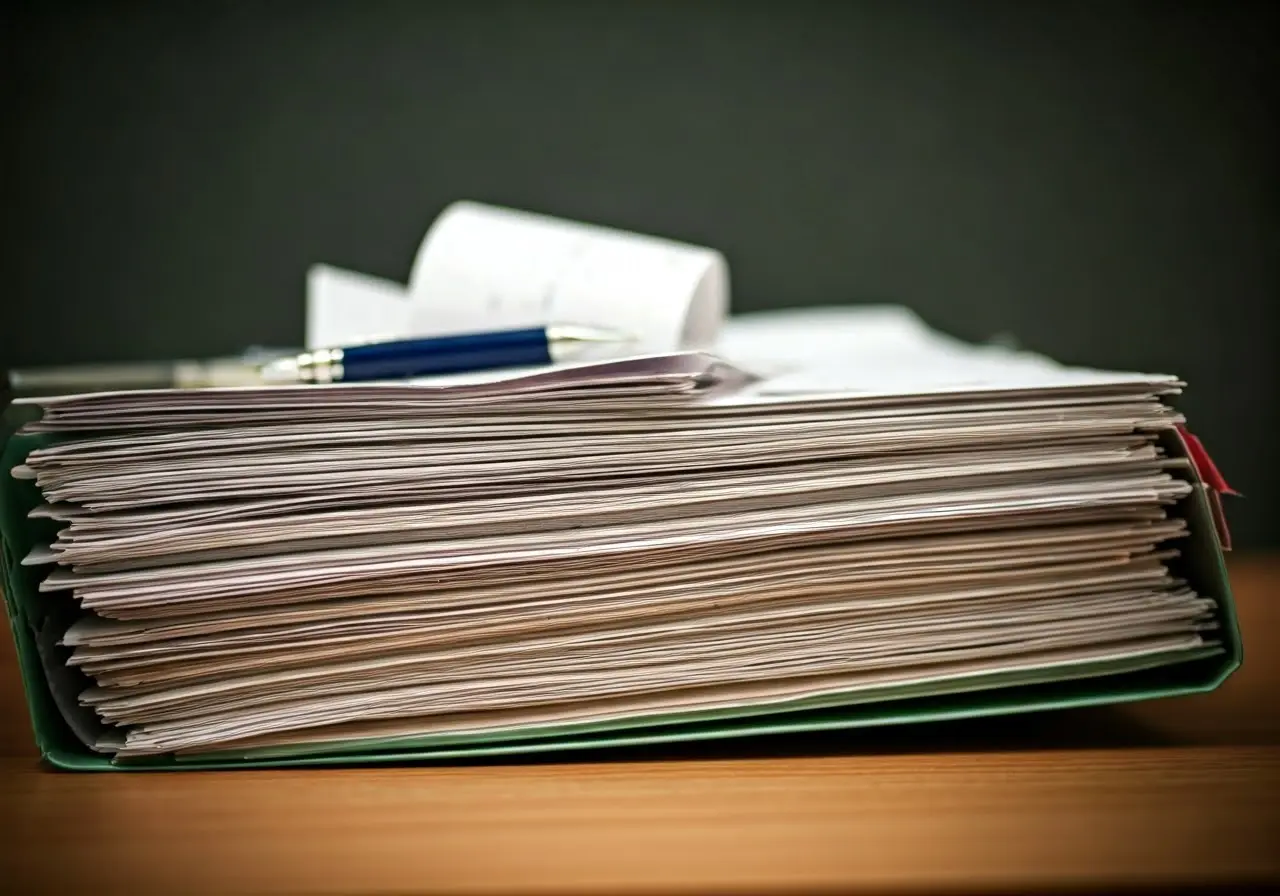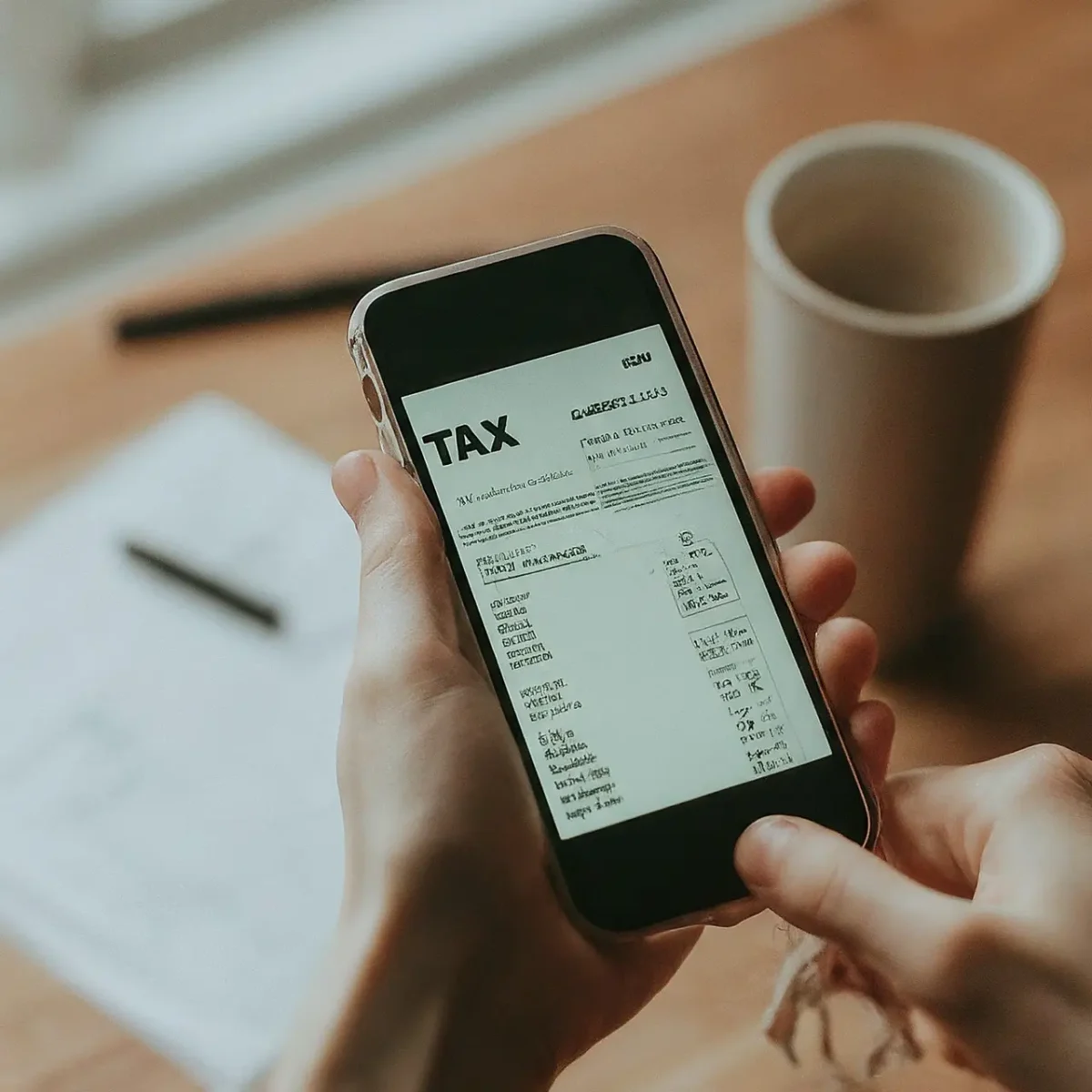Managing receipts can be a daunting task, but with the right strategies and real-time tracking, it can become a breeze. Here’s a friendly guide to help you keep your receipts organized and readily accessible whenever you need them.
1. Start with a Digital Receipts System
Convert your paper receipts to digital formats. This makes storage and retrieval faster and more efficient.
Think of all those times you searched high and low for a specific receipt. Turning to digital formats eliminates the need to sift through piles of paper. Instead, everything is stored neatly in your chosen digital format, whether it’s a PDF, JPEG, or a dedicated receipt-tracking app. This digital switch not only saves physical space but also brings peace of mind knowing that your receipts are all in one place. Plus, digital receipts are easier to back up, minimizing the risk of losing them.
Another excellent aspect of digital receipts is their shareability. Need to send a receipt to your accountant? A few clicks and it’s done. No more hassle of finding a copier or scanner. The convenience is unparalleled and it’s a smart step towards more efficient receipt management.
2. Utilize Receipt-Scanning Apps
Apps like Expensify or Evernote can help you by scanning and organizing your receipts automatically.
Receipt-scanning apps have revolutionized the way we handle receipts. Instead of manually entering each detail, simply snap a photo of your receipt, and the app does the rest. It captures essential information such as the store name, date, and amount, making expense tracking accurate and swift. Some apps even integrate with your accounting software, automatically syncing entries, which can be a massive time-saver.
By using scanning apps, you also get the benefit of cloud storage. This means your receipts are accessible from any device, anytime you need them. No more carrying around a binder full of paper; everything is just a few taps away on your phone or computer. It’s an easy step towards embracing a smarter, tech-driven way to manage receipts.
3. Set Up Folders and Labels
Create specific folders and labels for different categories of receipts such as meals, travel, and supplies.
Organizing your receipts into specific folders and labels can make a world of difference. Whether you’re using a digital system or physical one, categorizing your receipts helps you keep track of where your money goes. For example, create folders for categories like ‘Business Meals,’ ‘Travel Expenses,’ or ‘Office Supplies.’ This system makes it easy to retrieve receipts when needed, say during tax season or when reviewing monthly expenses.
In a digital system, you can use labels or tags to add another layer of organization. For instance, you can tag receipts as ‘Tax-Deductible,’ ‘Reimbursable,’ or ‘Personal Expense.’ These labels act as quick references, making it simpler to sort and search for specific receipts. These small organizational habits can significantly reduce stress whenever you need to locate a particular receipt.
4. Go Paperless with Your Receipts
Encourage vendors to email receipts to you, reducing the need for physical storage.
One effective way to reduce paper clutter is by requesting digital receipts whenever possible. Many vendors offer the option to email receipts directly to you. By opting for emailed receipts, you not only help the environment but also keep your receipts organized and easy to find. Digital receipts can be easily stored in a dedicated folder in your email or uploaded to your receipt management app.
Going paperless brings numerous benefits. For one, digital receipts are less likely to disappear—or get damaged—compared to their paper counterparts. Additionally, they can be easily searched using keywords, saving time when you need to look up a specific transaction. The transition to paperless receipts simplifies organization and contributes to a more efficient receipt management system.
5. Schedule Regular Organizational Sessions
Set aside time weekly or monthly to review and organize your receipts to prevent backlog.
It’s easy to let receipts pile up, but scheduling regular organizational sessions can keep things under control. Designate a specific time each week or month to go through your receipts. During this session, you can sort, categorize, and upload any new receipts to your digital system. This habit prevents a daunting backlog and ensures that all your data is recent and accurate.
Organizational sessions also provide a good opportunity to review your spending. You can analyze patterns and identify areas where you might cut costs. Regularly handling your receipts helps maintain an up-to-date overview of your expenses, making budgeting more effective. Plus, staying organized can save you a substantial amount of time when tax season rolls around.
6. Leverage Cloud Storage
Use cloud services like Google Drive or Dropbox to store and access your receipts from anywhere.
Cloud storage is a game-changer when it comes to organizing receipts. Services like Google Drive and Dropbox offer secure, accessible storage, ensuring your receipts are always within reach. Whether you’re at home, in the office, or on the go, cloud storage provides a single, centralized location for all your receipts, which can be accessed from any device with an internet connection.
An added benefit of cloud storage is the ability to easily share receipts with others. Need to send a receipt to your accountant? Just share the link. Cloud storage also simplifies backing up important documents; most services offer automatic backup features, meaning your receipts are safe from accidental loss or damage. Leveraging cloud storage is a practical step towards seamless, stress-free receipt management.
7. Synchronize Receipts with Accounting Software
Make use of software that integrates with accounting tools for real-time tracking of your expenses.
Integrating receipt management with accounting software can significantly streamline your financial tracking. Tools like QuickBooks or Xero can synchronize with your receipt data, offering real-time updates for better expense management. This integration ensures that every receipt is recorded accurately and promptly, which reduces the risk of errors and missed entries.
The synchronization between receipt management and accounting software also allows for more detailed financial reports. With all your transactions in one place, generating comprehensive financial statements or tax reports becomes more straightforward. This not only saves time but also provides a clearer picture of your financial health, leading to more informed decision-making.
8. Keep Backups
Always have backups of digital receipts to avoid losing crucial financial information.
Backing up your digital receipts is a step you should never skip. Technical glitches and system failures can happen when least expected, so it’s crucial to have a backup plan. Consider saving copies of your receipts on a secondary cloud storage service or an external hard drive. This way, if one system fails, you’ll still have access to your important financial documents.
Establishing a regular backup schedule, perhaps weekly or monthly, ensures that your most recent receipts are always protected. Many cloud services offer automatic backup options, which can simplify this task. Keeping backups of your receipts not only provides peace of mind but also safeguards against potential losses that could complicate financial tracking and reporting.
9. Adopt a Consistent Naming Convention
Use a consistent naming convention for your digital files to locate receipts quickly and efficiently.
Adopting a consistent naming convention for your digital receipts can streamline your organization process significantly. For example, you might use a format like YYYY-MM-DD_StoreName_Amount. This systematic approach makes it easier to find receipts when you search through your files. Also, a consistent naming convention helps maintain order in your digital storage, making it easier to spot any inconsistencies or missing entries.
Consistency in naming is particularly beneficial when dealing with a large volume of receipts. It ensures that every file made is traceable, reducing the time spent searching for specific documents. Moreover, a proper naming convention helps when sharing receipts with others, as they can immediately understand the content and date of each file, further facilitating smooth financial operations.
10. Regularly Update Your System
Ensure your apps and software are up to date to take advantage of the latest features and security updates.
Keeping your receipt-tracking apps and software updated is essential for both functionality and security. Developers regularly release updates that incorporate new features, performance improvements, and crucial security fixes. By maintaining your system up to date, you ensure that you’re using the most efficient version available, which can significantly enhance your organization process.
Additionally, updates often address security vulnerabilities that could put your sensitive financial data at risk. Automatic updates are an excellent way to ensure you never miss a crucial patch. Regularly checking for updates and installing them promptly can keep your receipt management seamless and secure.
11. Take Advantage of Real-Time Tracking
Set up systems to track spending in real-time, making expense management more proactive.
Real-time tracking in receipt management is a game-changer. By setting up systems that capture and record transactions instantly, you get an up-to-date view of your spending. This proactive approach allows you to monitor and manage your expenses as they happen, rather than playing catch-up at the end of the month. Real-time tracking tools often come with features that categorize expenses and generate reports, offering deeper insights into your financial habits.
One of the primary benefits of real-time tracking is accuracy. Since transactions are logged immediately, there’s less room for human error. This leads to more precise financial records, which are invaluable for budgeting, tax preparation, and financial planning. Embracing real-time tracking transforms the way you manage receipts, making the whole process more seamless and efficient.
12. Streamline with Automation
Utilize automation tools to handle repetitive tasks, ensuring your receipt management stays efficient and hassle-free.
Automation tools can significantly reduce the repetitive tasks associated with receipt management. By automating processes like receipt scanning, categorization, and data entry, you free up time to focus on more critical tasks. For instance, many receipt-tracking apps offer features that automatically capture receipt details and sync them with your accounting software. This seamless integration ensures that your financial data is always up to date without manual intervention.
Additionally, automation tools can help set reminders for expense reviews, creating a routine that keeps your receipt management system running smoothly. The beauty of automation lies in its ability to handle repetitive tasks with precision, significantly cutting down the time and effort needed to manage receipts manually. As a result, you gain both efficiency and peace of mind, knowing your financial tracking is always on point.
Ready to simplify your life? Download the Receipts and Returns app today and take the first step toward a paperless, stress-free shopping experience.
Click App Store & Play Store


